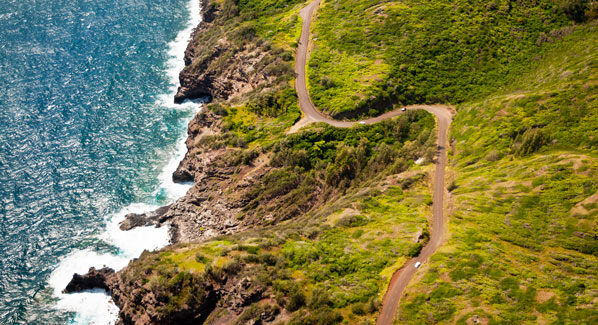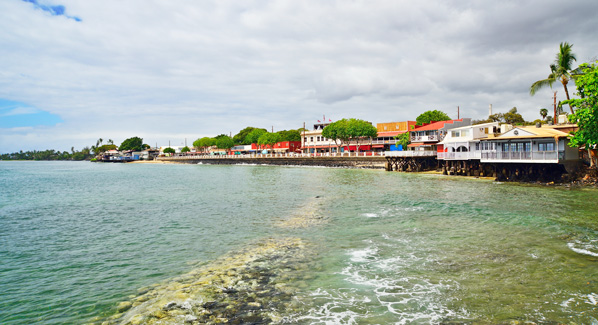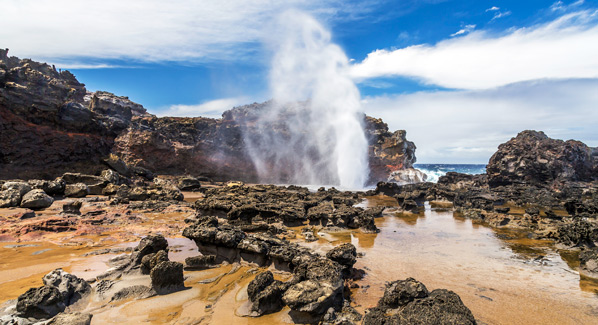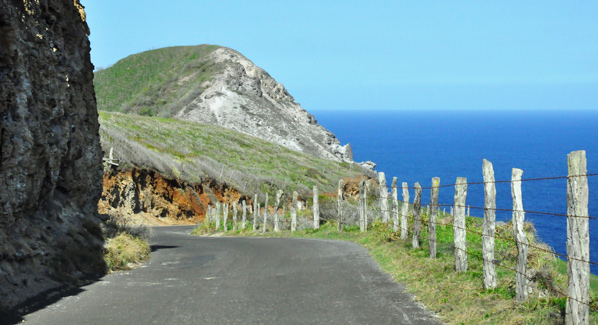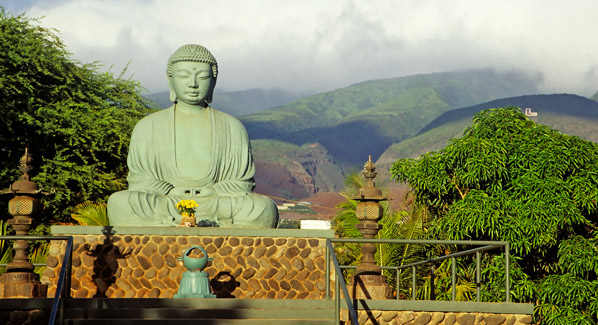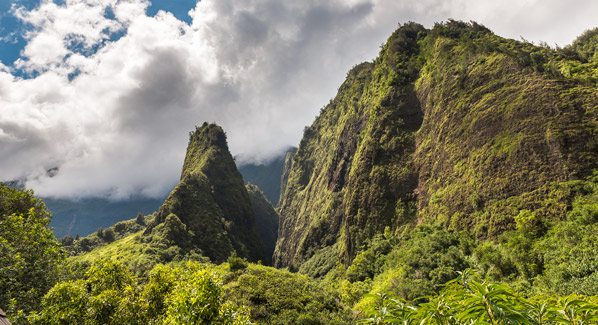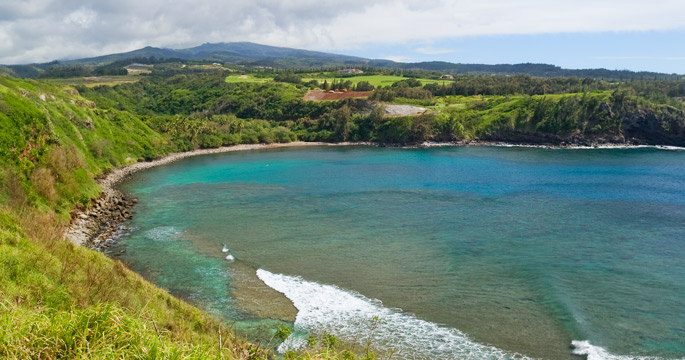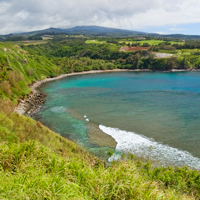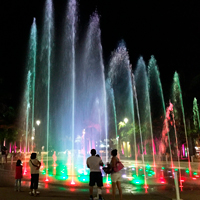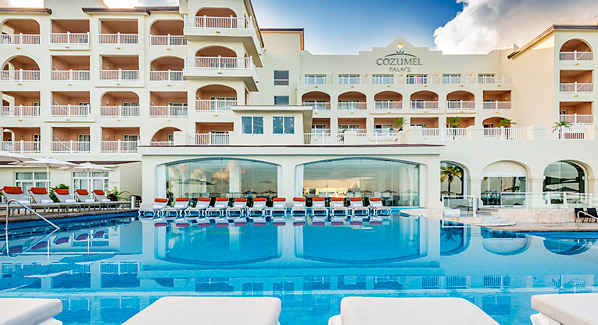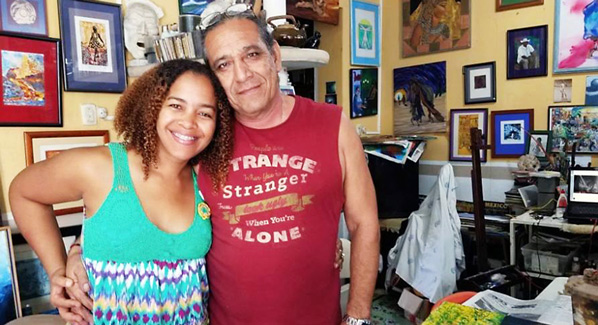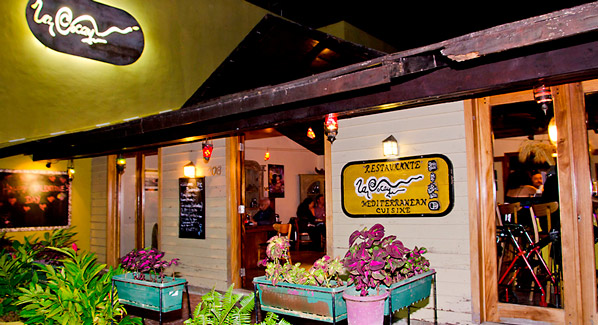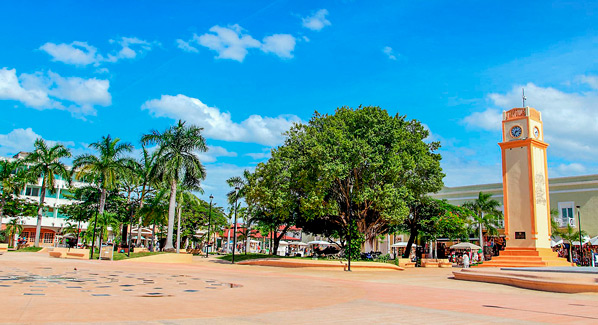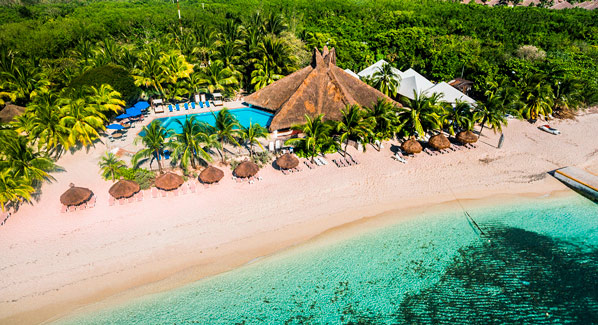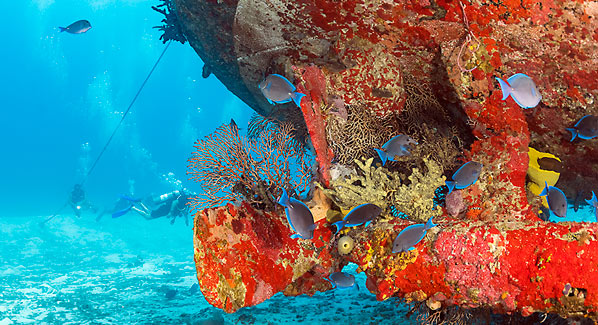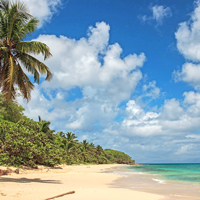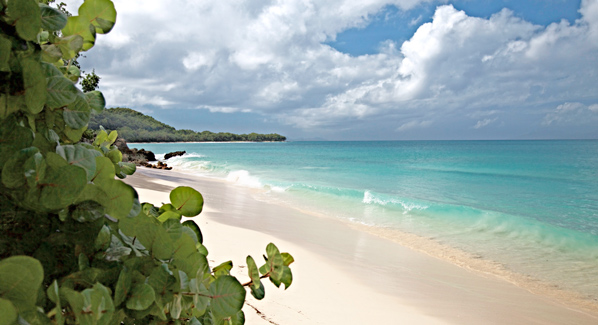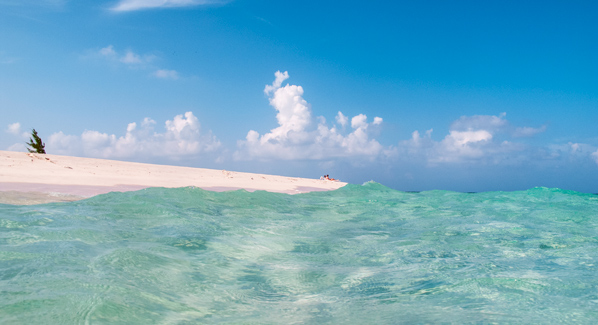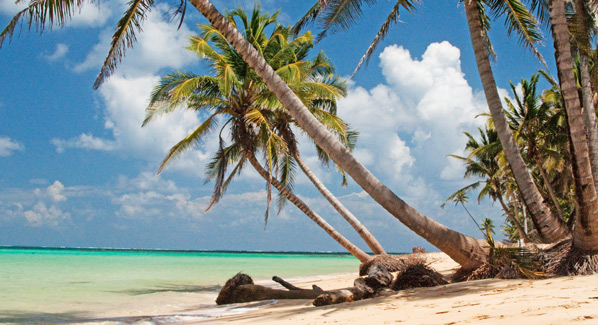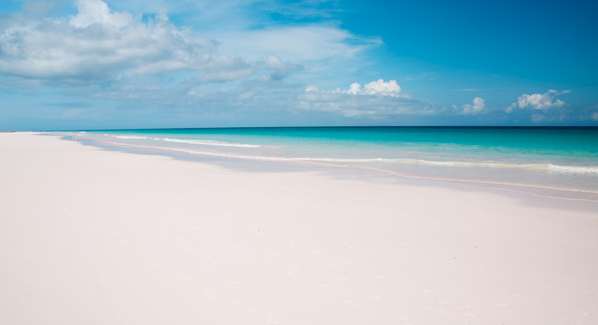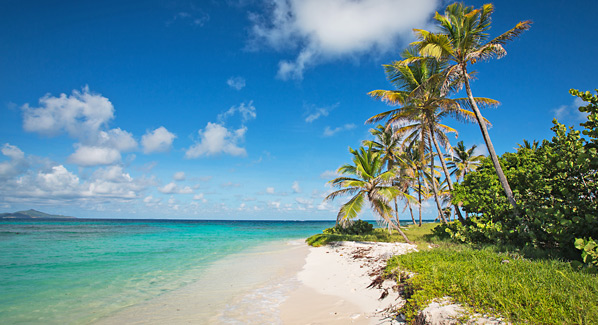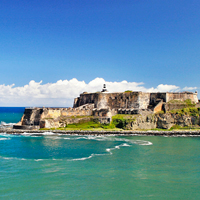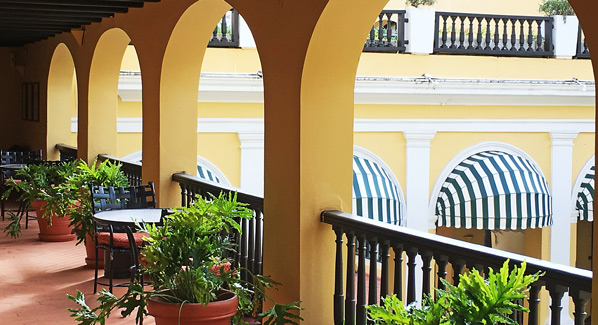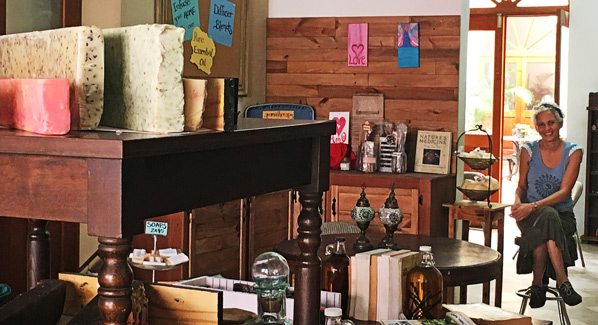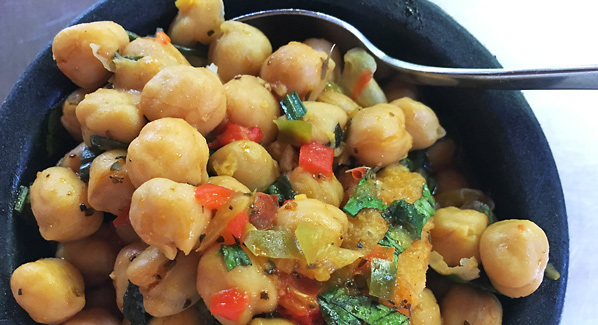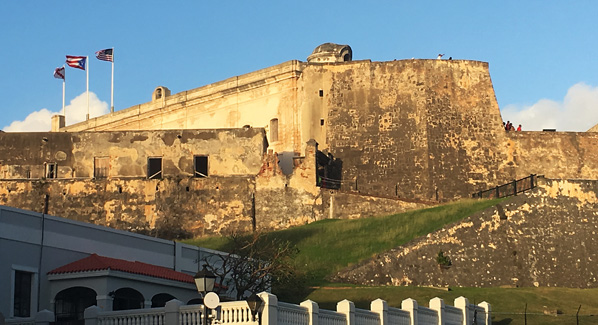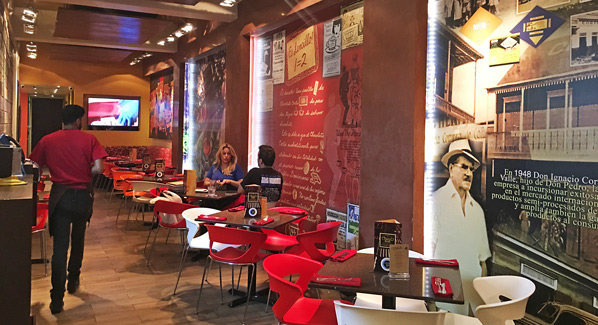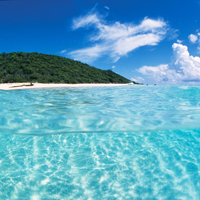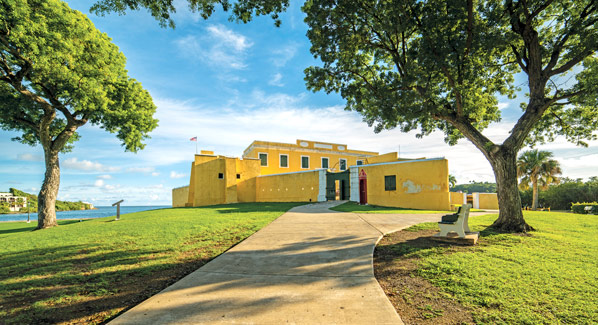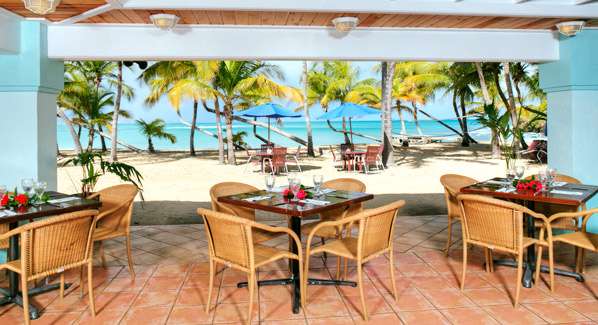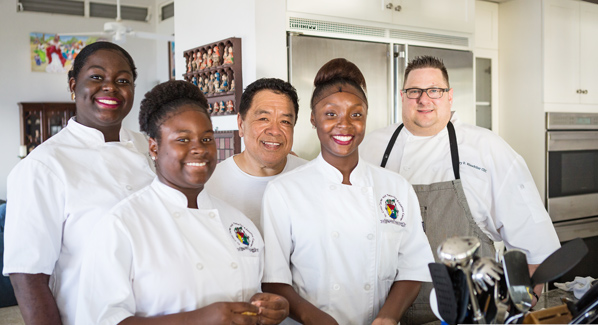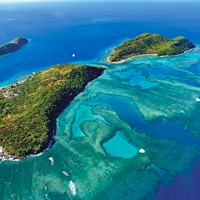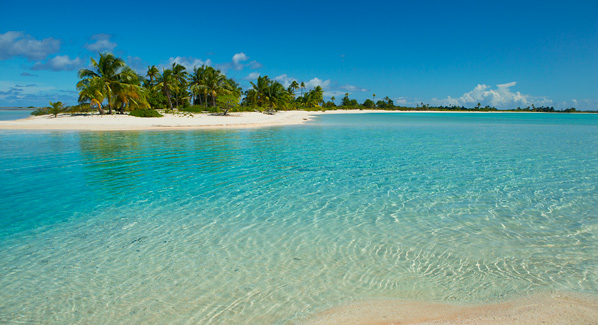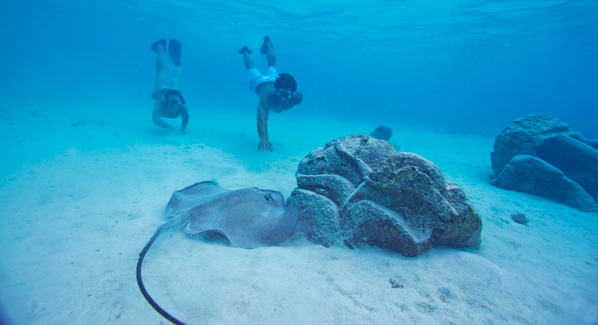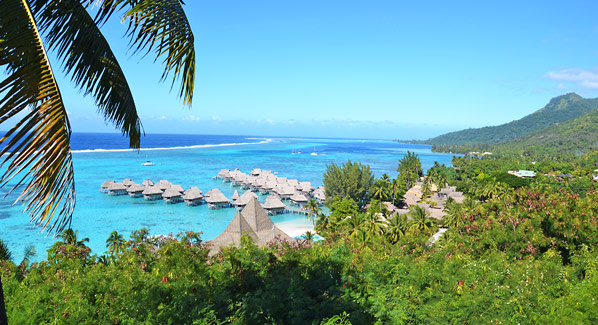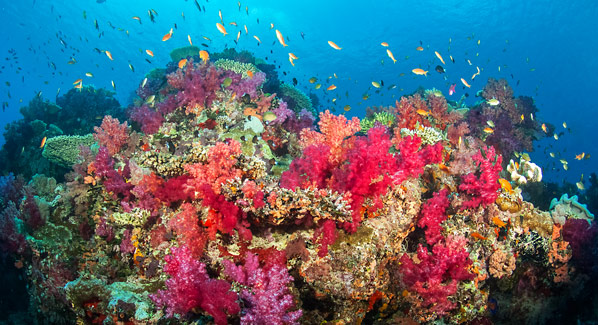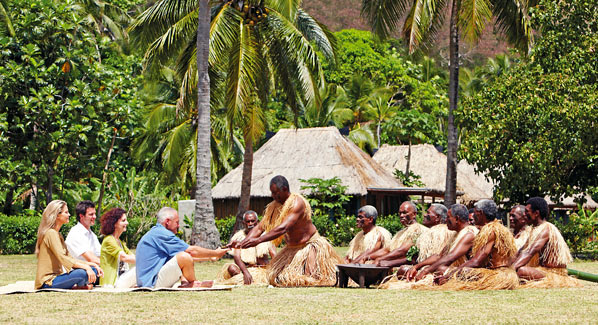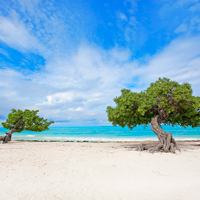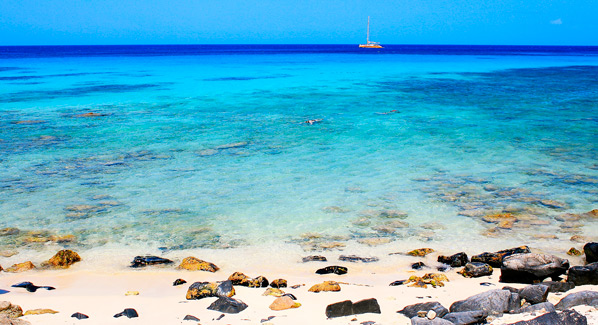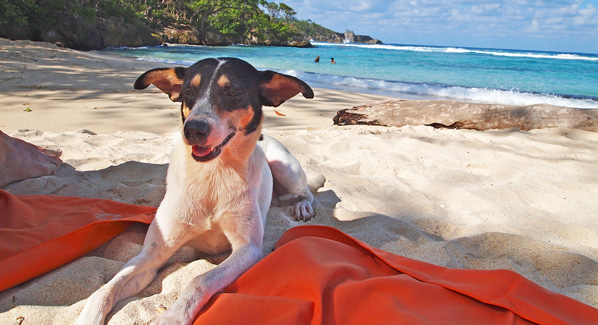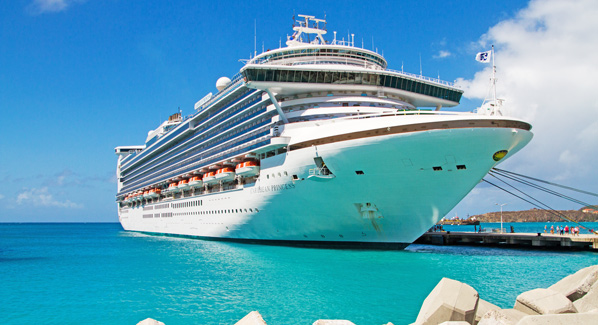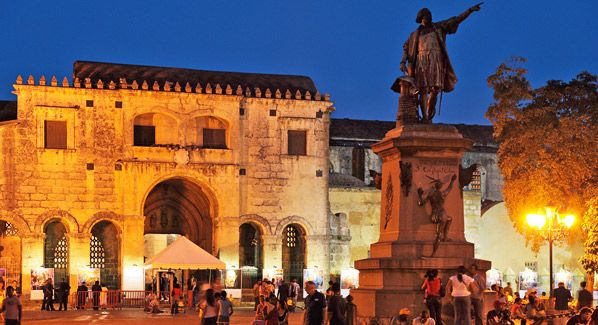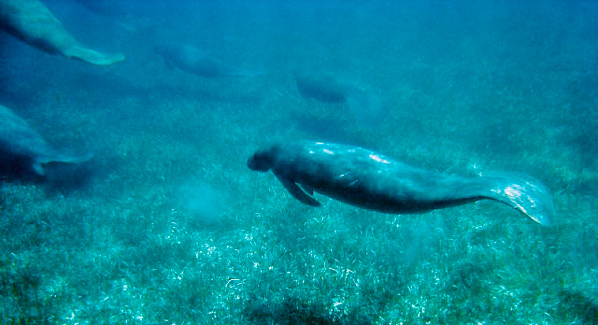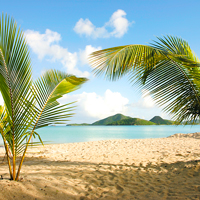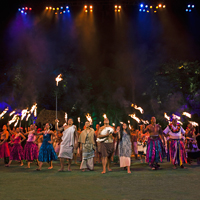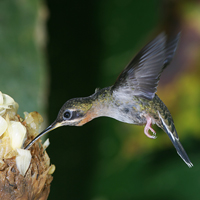In the fall of 2017, portions of the Caribbean received back-to-back blows from hurricanes Irma and Maria. These Category 5 storms did significant damage to some islands, while virtually sparing others. In the months following the storms, rebuilding efforts were underway on all islands affected.
News of these efforts was shared during the recent Caribbean Hotel & Tourism Association’s annual show. According to reports and updates, the region is not only repairing damage and restoring existing properties, but also undertaking a number of expansion projects and new builds.
In all, there are an expected 74 new builds planned. Airports are being expanded as they rebuild, and many of the islands are now receiving more incoming flights. Ferry services have returned, with some increases from both private and public ferry companies. The beaches are returning as sand comes in with the tides and on many islands life is returning to normal. Some areas and islands are still without full electrical power but expectations are to get back to 100 percent by early to mid 2018. Essentially the Caribbean is back and is still the paradise we all know and love.
Puerto Rico
In the aftermath of Hurricane Maria, Puerto Rico was very much in the news. The storm left widespread devastation, but though the Enchanted Island was down, it was far from out. Cruise ships made their first return to the Port of San Juan less than three weeks after the storm’s passing, and even without electricity, resilient shop owners were selling their wares to cruise passengers on a cash basis. The San Juan and Old San Juan tourism district spent two months recovering, with electricity and services returning week by week. By the December holiday season, a majority of the city was in business, with some 1,500 restaurants and most hotels. On the entire island 80 percent of the resorts are now open.
Puerto Rico is emerging renewed and revamped as many hotels are taking the time to renovate and add new rooms. There are still the isolated communities in the country without power, but expectations are that 95 percent of the island’s power will be restored by the end of February. Hardest hit are the eastern coast areas of Palmas del Mar and Humacao, which may take longer to recover. El Yunque rainforest was hit hard, but replanting is underway and some hiking trails have reopened. Visitors are also returning to the islands of Vieques and Culebra, which received minimal damage.
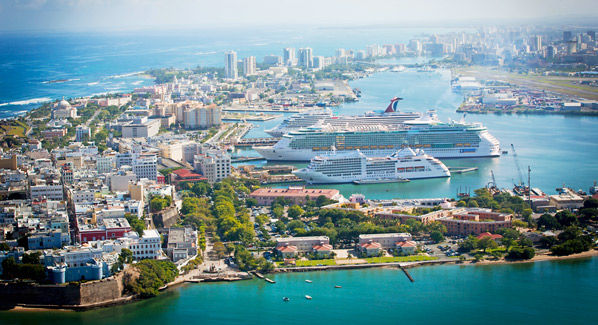
Cruise ships are once again docking in the Port of San Juan, and the shops and restaurants in the adjacent historic district of Old San Juan are open for business. Photo: Puerto Rico Tourism
USVI
The campaign slogan of the US Virgin Islands is “still nice”, and almost 100 percent electrical power has been restored to all three islands, the days of candles and bucket baths are over. St. Croix was spared major damage and most everything is up and running, with exception of a couple of the larger resorts. Most beaches recovered beautifully on all three islands and after a massive cleanup and rebuilding project, Magens Bay on St. Thomas is once again welcoming swimmers. Some of the larger hotels and resorts on St. Thomas and St. John were hit hard and will take time to recover. Most will be back in full operation by the end of 2018 or early 2019, renewed, renovated and in some cases with additional space. Island visitors now have the opportunity to get to know the locals by staying in small guesthouses, B & B and villas, and there is no shortage of these accommodations. On St. John the National Park trails and beaches are open. The shores are not yet as green as before the storm, but foliage is slowly coming back.
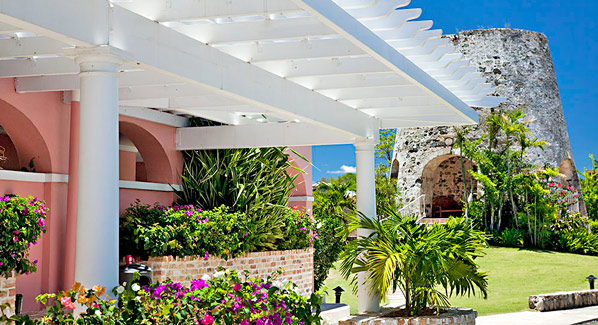
St. Croix’s landmark Buccaneer resort was spared from major storm damage from Irma and Maria, and was soon fully operational and welcoming guests. Photo: Steve Simonsen/The Buccaneer
Antigua & Barbuda
The big island of Antigua dodged the full force of Hurricane Irma, and returned to normal within 48 hours of the storm. Hotels, restaurants and bars are all open, and visitors who were already booked were able to come and enjoy vacations as planned. Unfortunately, the sister island of Barbuda was literally flattened by wind and waves, and for an already flat island of scrub and mangrove forests, the effects were devastating. The island’s 2,000 residents had to be evacuated and now live with friends and family on Antigua while their homes are being rebuilt. The potential silver lining is that new structures will be totally green and supplied by solar polar, which is a first in the islands. The storms didn’t scare away Robert DeNiro and plans are still on the books for his resort to be built on Barbuda. The islands continue to attract sailors from around the world with several sailing events throughout the year.
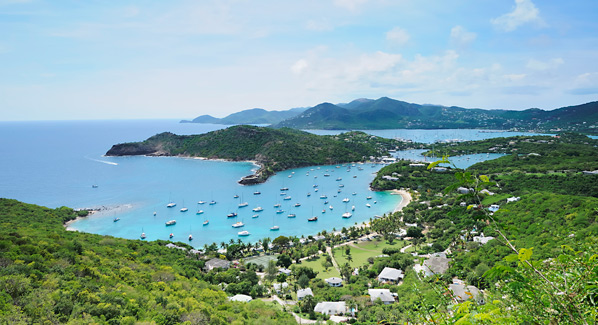
Sailboats ride at anchor in Antigua’s English Harbour. The island was not in the direct path of the storms, and suffered minimal damage from wind or waves. Photo: Stephen Robertson/iStock
Anguilla
An island that made a fast post-storm recovery is Anguilla. The airport was back open one week after Irma, and thanks to British and Canadian support, rebuilding and clean up moved quickly. Electricity was fully restored by mid December, so the island celebrated with Christmas lights and festivities. Many of the island’s five-star properties are now undergoing renovations and will open throughout the coming year. In the interim, the island has a number of small hotels and villas that are welcoming guests. The well-known Dune Preserve will need some time to rebuild, but all festivals are on, most favorite dining venues and beach bars are back in operation.
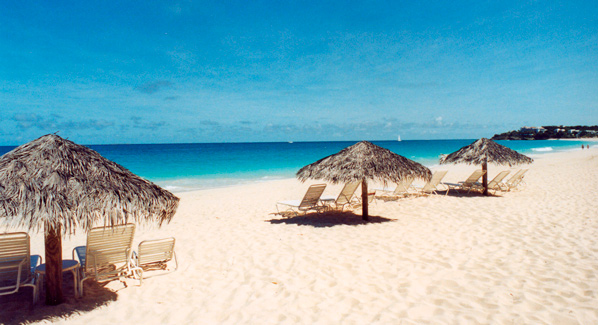
The powder-fine sand shores of Anguilla were not severely affected by the hurricanes of 2017, and all of the island’s 33 public beaches are once again welcoming visitors. Photo: Anguilla Tourist Board
BVI
The British Virgin Islands was hit hard with back-to-back hurricanes and two floods. Maria held back some of its full force, but Irma made a direct hit on the islands. After the first hurricane, Puerto Rica sent ships with supplies to help the British Virgin Islands, but soon those ships and supplies were back on their way to Puerto Rico after Maria devastated that island. While some of the BVI’s lux resorts will take time to make their recoveries, there are several that are already up and running, including Scrub Island, Oil Nut Bay and Cooper Island. A number of smaller guesthouses and hotels are welcoming guests and crews from sailing yachts. Sailing, diving, fishing and other water sports operations are all back in business, and several charter yacht companies have expanded their fleets. The islands are rebuilding and also replanting palms, as some 6,000 coconut trees were gifted from the island of St. Vincent.
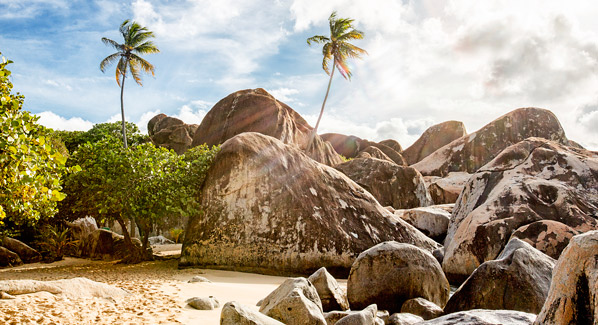
While a number of resorts in the British Virgin Islands suffered significant storm damage, iconic natural features such as the Baths of Virgin Gorda were spared. Photo: Robert Ingelhart/iStock
St. Martin/St. Maarten
The half Dutch, half French island is still rebuilding but open to visitors. The Princess Juliana airport is open and operative, using tents to receive passengers. A rebuilt terminal is scheduled to open by the end of 2018. All 37 beaches on the island are open. On the French side, Grand Case restaurants and shops are opening up on a daily basis; while the bars on the Dutch side are also back in business. Cell phone service is still spotty, but transportation services are fully operative. Both nations have a range of small hotels and guesthouses available as the larger properties rebuild. Large resorts like Oyster Bay and Sonesta on the Dutch side will be back in business by the end of 2018 or early 2019. On the French side, Grand Case and Belmond La Samanna plan on reopening by the forth quarter of 2018.
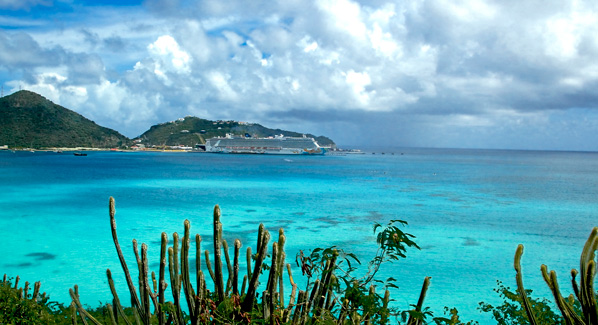
Cruise ships are once again docking at the port facilities in St. Martin’s Great Bay. Hotels around the bay are now in the process of rebuilding and reopening. Photo: Gerry Slabaugh/Flickr
Dominica
Maria did significant damage to most of the island’s buildings, including resorts. The island’s forests suffered significant wind damage, but by late fall, the Forestry & Wildlife Parks Division had reopened a number of natural attractions for tourism, including the Emerald Pool, Trafalgar Falls, Titou Gorge and Indian River. The 115-mile Waitukubuli National Trail is still being cleared and volunteers are working on restoring the path in the segments badly hit. Meanwhile, divers are working on restoring the coral reefs. The first cruise ship, the Sea Cloud II arrived December 28 and more are returning every month. Several small hotels and guesthouses are now receiving visitors and more are partially open. The Fort Young Hotel in Roseau renovated and opened a portion of its rooms. And as other hotels renovate and rebuild, there was news of a new resort near Portsmouth breaking ground. Power is still being restored on much of the island and many of the larger properties are being rebuilt and will open in mid 2018 or 2019.
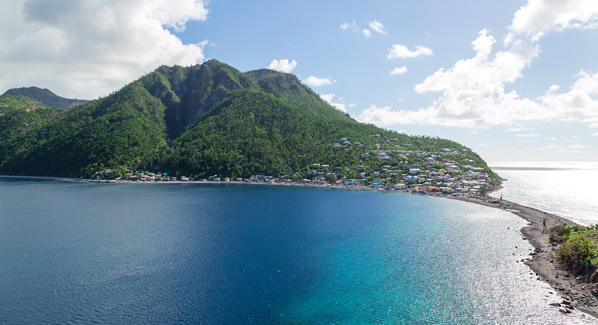
Dominica’s Scotts Head Marine Reserve is one of the best and calmest snorkeling spots on the west coast of the island. Efforts are still underway to restore and clean all of the island’s dive sites. Photo: Discover Dominica
St. Barts
This was one of the first islands to announce that it was back in business after hurricane Irma slammed the Caribbean. The entire island now has electricity and water service. Clean up efforts went smoothly and the beaches are more pristine and beautiful than ever. Guests will find plenty of villas and a handful of hotels available as the larger properties rebuild. Many of the lux properties will reopen in late 2018. Resorts like Eden Rock, which sits on a promontory over the ocean, and Le Toiny, which sits at the top of a hillside, were badly damaged but will also reopen near the end of 2018.
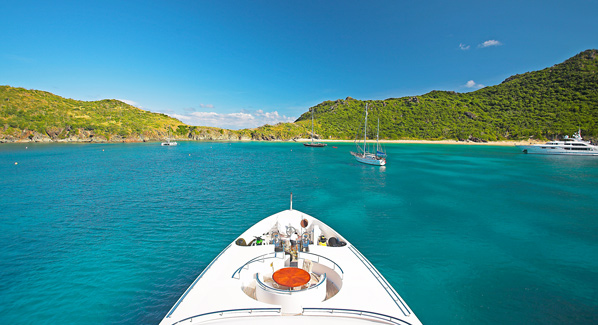
The beaches of St. Barts have recovered from passing storms, and a number of the island’s favorite resorts are now in the process of rebuilding and reopening. Photo: Saint Barth Tourisme
